Website Maintenance Guide: 10 Easy Ways
There was a time when websites used to be just digital brochures you created once and forgot, but that time is long gone. Earlier, it was just a digital space that used to host your content or display your services. Now, Web Development becomes your silent business partner; the one working around the clock, handling visitors, engaging leads, and building your brand presence when you’re not even looking.
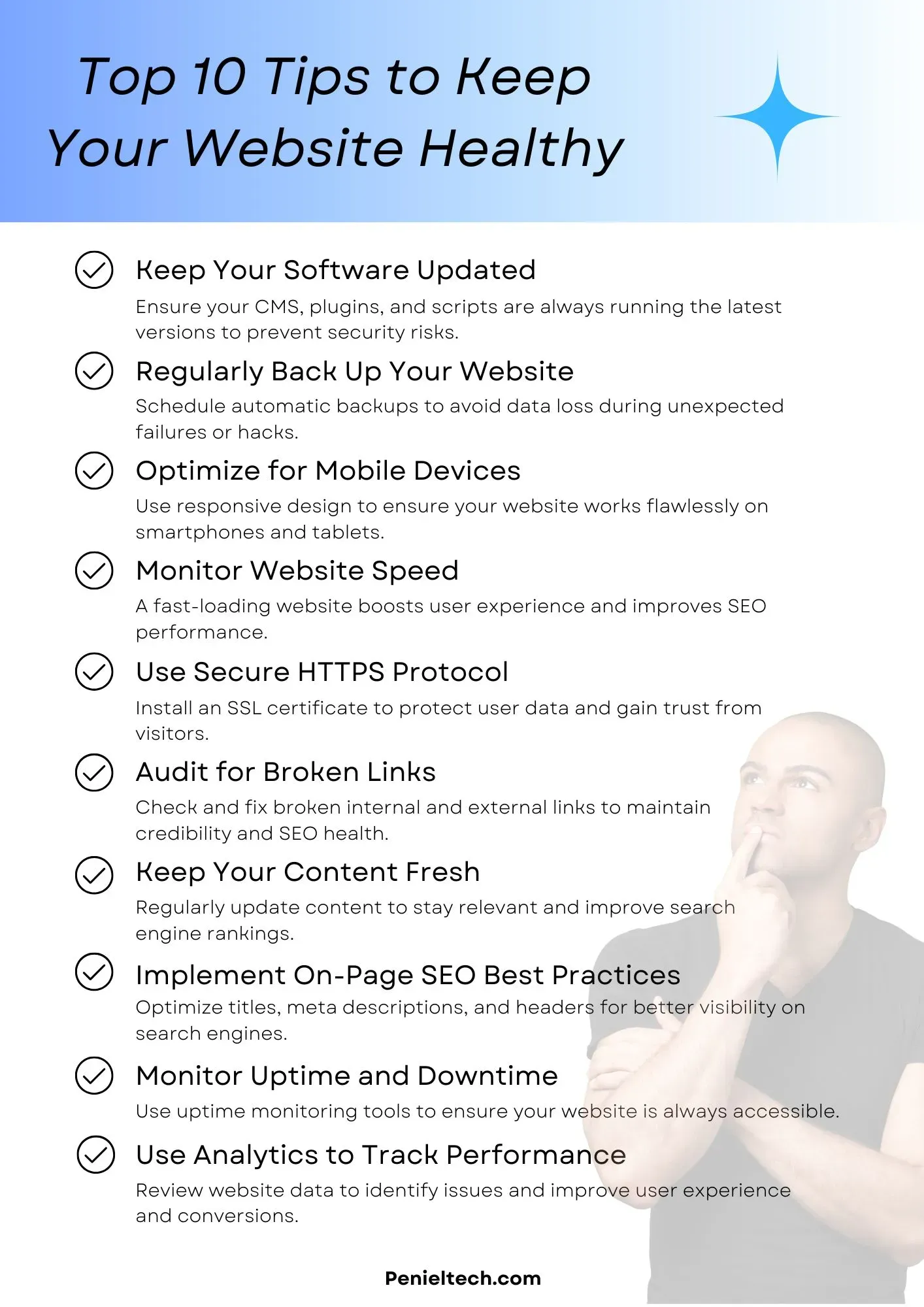
But just like every other crucial part of your business, it needs ongoing attention, and that’s the place where most businesses fall short.
We’ve come across plenty of websites that looked impressive when they launched but didn’t last long in the race. No, not because they weren’t well-built, but because they weren’t maintained properly. And that’s exactly why we believe website health isn’t something you check once in a blue moon. Rather, it’s a constant part of running a business in today’s digital world.
So, if you’re wondering how you can genuinely keep your website performing at its best, you are at the right place. Today, we’ll guide you based on real experiences, not just theory.
1. Website Speed: The First Impression You Often Forget
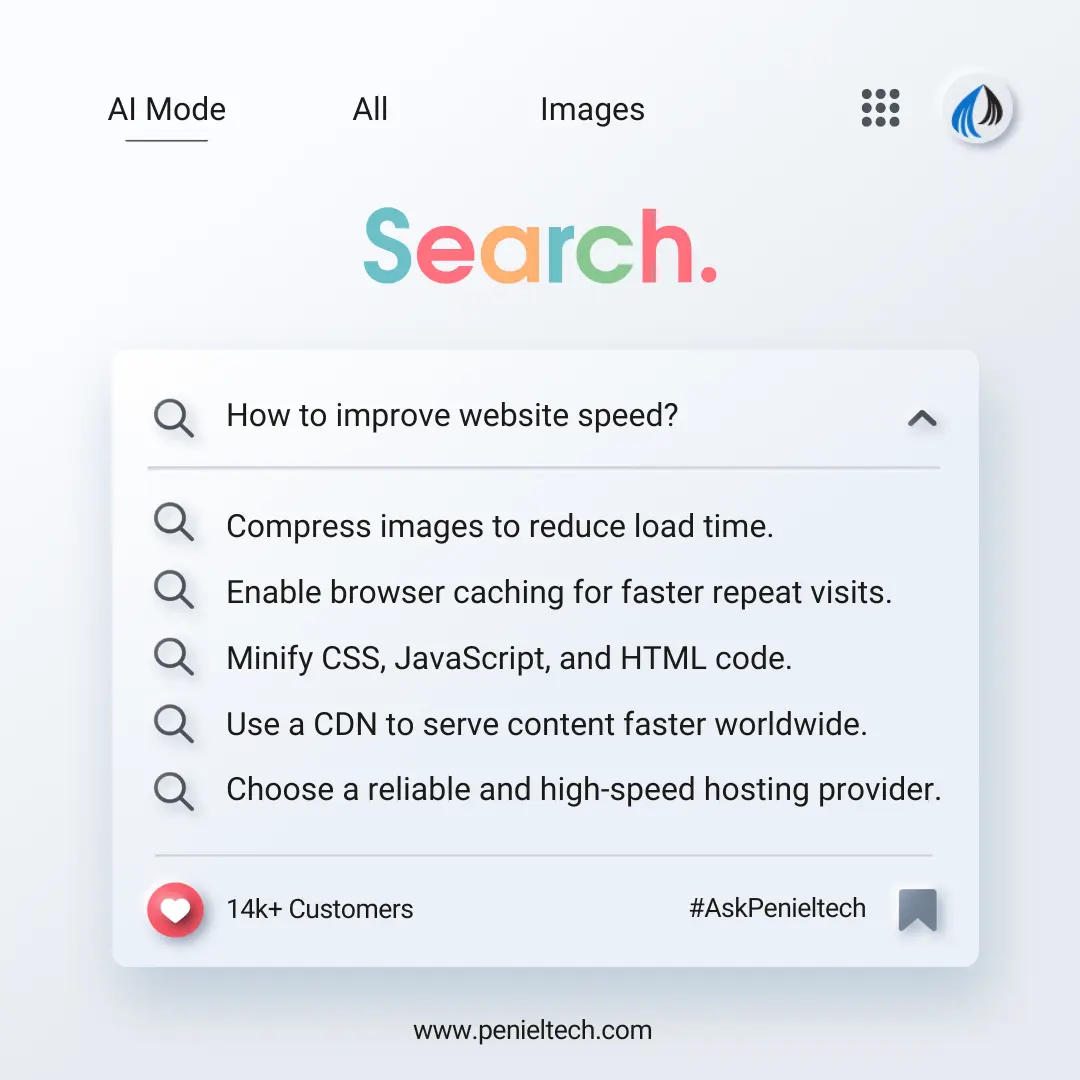
This is the age of short attention span. Here, your site has only a few seconds to make an impression. You can see speed as the silent deal-maker or breaker. A slow-loading page isn’t just an inconvenience; it’s a bounce trigger. It just quietly starts losing visitors one by one.
Unfortunately, most businesses won’t realize this until the bounce starts to spike or the complaints start trickling in. But by then, you’ve already lost precious engagement.
It’s rarely just one big reason that slows a Website design down. Usually, it’s a combination of things:
- Oversized images.
- Outdated plugins.
- Unnecessary scripts.
- Unable to control traffic, and more.
The good news is, this fix isn’t complicated at all. It just needs consistency. You have to make image optimization a habit, not a task you remember once a year. Regularly check what scripts and plugins are active, and remove what you no longer need.
Get a Professionally Built Website
Launch a modern, mobile-friendly site tailored to your business needs.
2. Mobile Experience: Because That’s Where Most of Your Audience Is
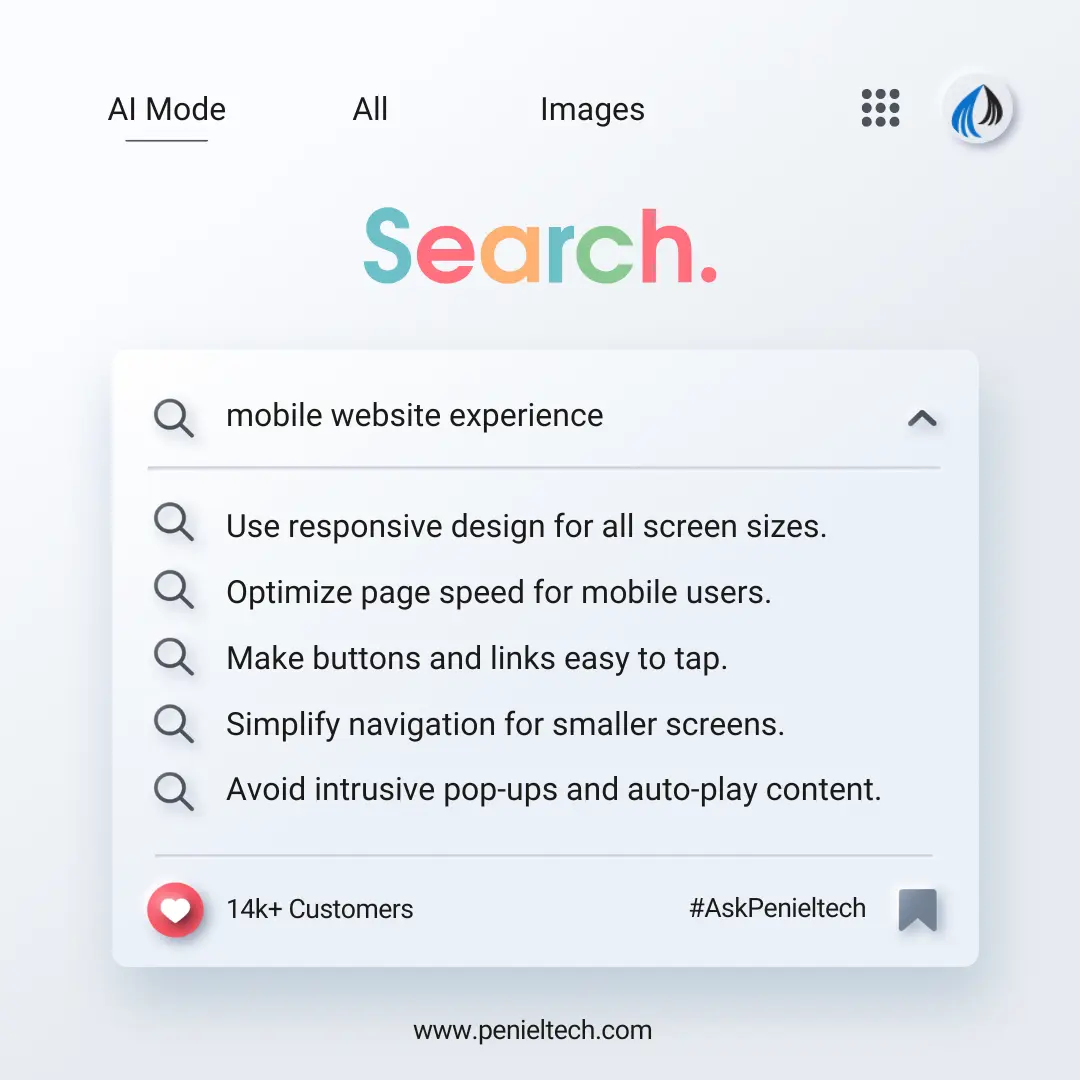
People nowadays don’t like to use a desktop for everything; they often rely on their phone. So, most of them are going to land on your website using a phone, not a desktop. That’s not even a secret anymore, but it still surprises us how many businesses build their websites thinking about desktop first and mobile somewhere down the line.
Here’s what really matters: your website shouldn’t just “open” on a phone; it should actually work.
- Buttons should be easy to click.
- The layout should adjust itself without cutting off content or squeezing everything into a mess.
- Text should be readable without zooming.
- Forms should be simple to fill out on a touchscreen.
You can’t assume it works just because it works on your device. Because of different screens, different browsers, and different models, they all behave differently.
Mobile-friendly web design isn’t a design trend. It’s a basic expectation now. And if you’re not meeting it, visitors won’t tell you, they’ll just leave.
3. Updates Aren’t Optional: Themes, Plugins, and Everything In-Between
Websites are like living systems. They work on plugins, themes, and add-ons that all need to stay updated if you want them to function smoothly. And yes, they can be the root of your problems if you ignore them. You may not use some of the outdated plugins anymore, but every single one poses a risk from slowing down your site to creating a security loophole.
The same goes for themes. Just because your site looks fine doesn’t mean everything under the hood is fine, too. Regular web development updates often carry crucial security patches or bug fixes.
So, do not wait until something breaks. Keep your plugins updated, clean out the ones you don't need, and make sure your theme isn’t running old code. Besides performance, this is about ensuring your website stays secure and reliable.
4. Broken Links: The Silent Reputation Killers
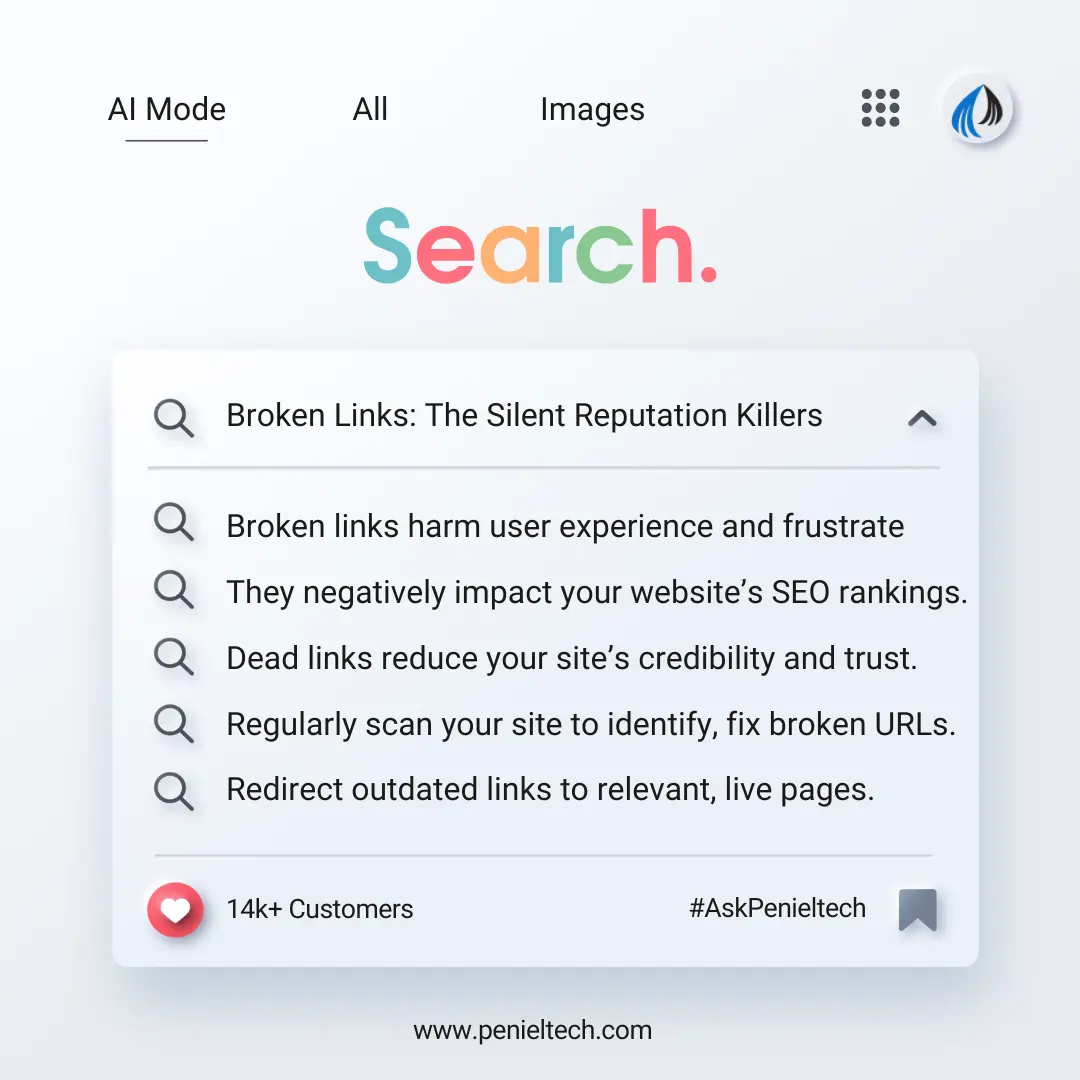
You might not notice a broken link, but your visitors surely will. And trust me, it’s not a small deal.
Whether it’s a product page that no longer exists, a blog link you forgot to update, or an external reference that’s been taken down, dead links have a bad impression. They make your website feel neglected, even if everything else is working perfectly. And more than the visitors, it’s about how search engines notice you. If you have too many broken links, then your search rankings can quietly start sliding down.
There’s a simple way to fix this: Check links regularly. Use a tool if you want, but make sure it’s part of your routine.
Revamp Your Website Technically
Upgrade outdated design and fix technical issues for better performance.
So, stop wasting your time, fix what’s broken, update what’s outdated, and don’t leave dead ends hanging around. It’s definitely a small thing, but it speaks volumes about how much attention you give to your business.
5. Website Security: A Necessity
Many businesses think website security is only a big deal for e-commerce sites or massive companies. Well, that’s a risky assumption.
Hackers aren’t picking targets based on your business size. They’re looking for weak spots like outdated software, poor passwords, and unsecured hosting. If you’re not paying attention right now, then you’re just giving them exactly what they want.
Good security practices aren’t complicated.
- You can start with secure hosting.
- Always use HTTPS.
- Keep your passwords strong and unique.
- Set up regular backups.
The last point is most crucial because no matter how good your security is, having a backup saves you when things go wrong.
And of course, keep everything updated through regular website development because most website breaches happen because of outdated plugins. Remember, a security breach doesn’t just affect your site; it affects your business reputation, and that’s something you can’t afford to risk.
6. Content Presentation: Clean, Clear, and Easy to Engage
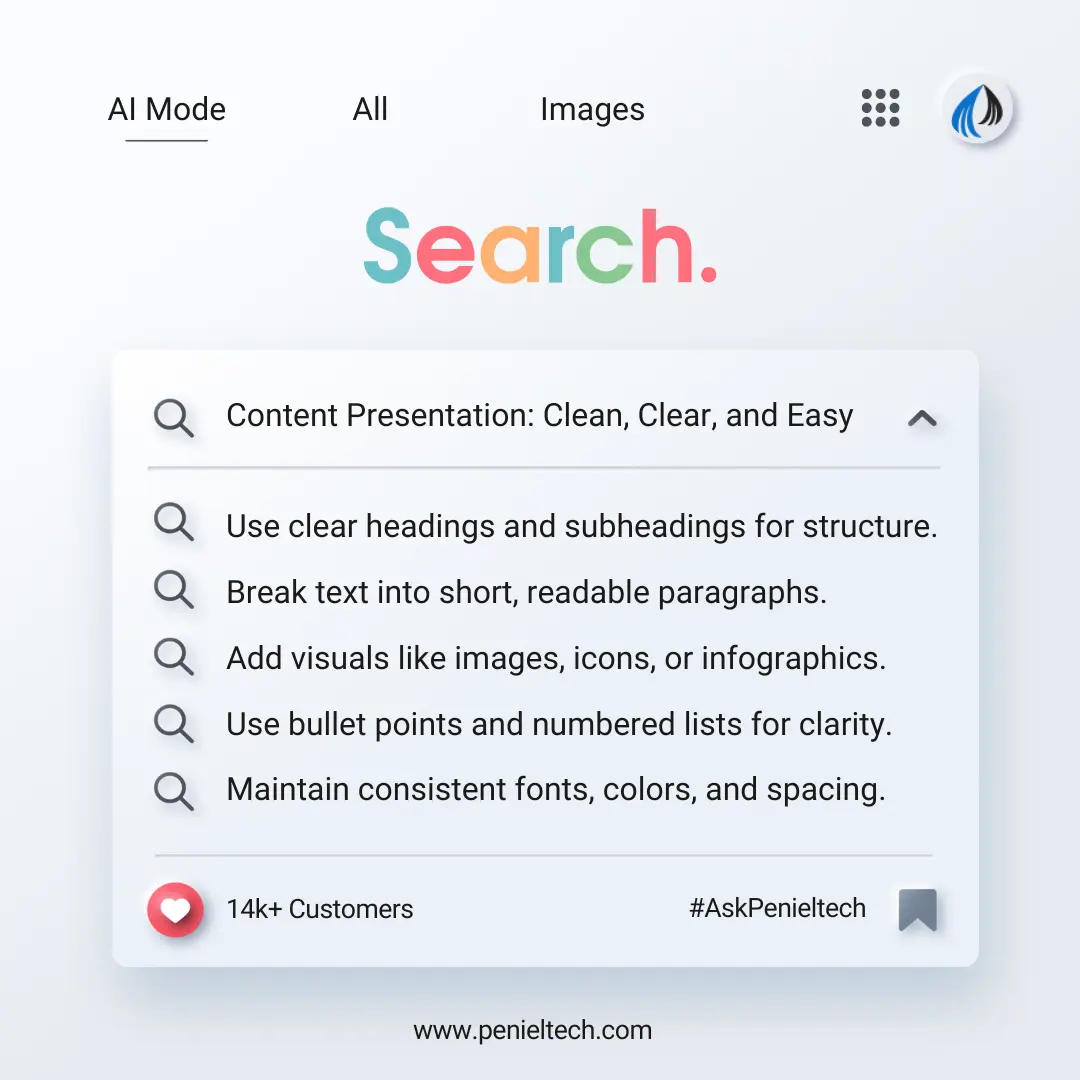
Your website’s content might be brilliant, but if it’s wrapped in poor design or cluttered layouts, people won’t even be able to get through the first few lines.
Good design isn’t about flashy graphics or trendy fonts. It’s about making sure your message is easy to read and easy to follow.
There are some simple things that make a huge difference.
- Clean typography.
- Proper spacing.
- Clear headings.
Visitors never want to struggle through a wall of text or navigate a messy interface. A healthy website always respects the visitor’s time, guides them, informs them, and keeps them engaged. This happens only when design and content work together, not against each other.
7. Analytics Are Only Useful If You’re Using Them
Installing analytics isn’t the end of the story. If you’re not checking your data properly and learning from it, you’re just collecting numbers for no reason.
Yes, analytics can give you real insight, including where your traffic comes from, pages that hold attention, where people drop off, and which content drives action. But that only matters if you’re taking the time to review it and adjust your strategy based on what you find. Try to treat analytics like a feedback system rather than just some numbers on the dashboard. It’s the only thing that shows you what’s working and what’s not.
8. SEO Maintenance
SEO isn’t something that you can ignore. It evolves constantly, just like search engines, algorithms, and user behavior.
If you want your website to stay visible, just keep refining your SEO. That means you need to review metadata, refresh content, optimize images, maintain fast load times, and stay on top of technical aspects like structured data and crawl errors.
SEO-Optimized Website for Higher Rankings
Improve visibility and drive traffic with an SEO-friendly website structure.
The online space is already overcrowded, and staying relevant means staying active, because that’s the only way it works in the long run.
9. Fresh Content: Proof That Your Website is Alive
When a website looks untouchable for months, it sends the wrong message to people. Visitors start to wonder if the business is even active anymore. That doesn’t mean you have to modify blogs every week or post new updates every other day. But some form of regular content, maybe a new case study, a recent project highlight, an updated service page, or even a simple news update, shows that you’re present and engaged. Apart from the visitors, fresh content also signals search engines that your website is active, which can help with visibility.
10. Testing on Different Devices and Browsers
Assuming your website works perfectly for everyone is a delusion that no business should do. Different devices. Operating systems and browsers can display your site in completely unexpected ways. Testing isn’t a one-time job when the site launches. It’s something you need to keep doing, especially after updates, design changes, or adding new features, because a healthy website works for everyone, not just on your own screen.
You must understand one thing: a healthy website isn’t a luxury or an afterthought. It’s an ongoing commitment that pays off in better performance, better user experience, and stronger business results.
How We at Penieltech Help Businesses Keep Their Websites in Top Shape
We don’t believe in just building websites and walking away. We stay involved, helping businesses monitor, maintain, and continuously improve their websites.
At Penieltech, we:
- Monitor website speed and performance regularly.
- Keep all software updated and secure.
- Support with ongoing SEO and content strategies.
- Provide technical support whenever it’s needed.
- Guide businesses through analytics and smart decision-making.
We treat web development and website health as a partnership. And we take that seriously with every business we work with.
So, do not neglect your website’s health. Give it the attention it deserves, and watch your website serve as a steady and reliable part of your business growth.
